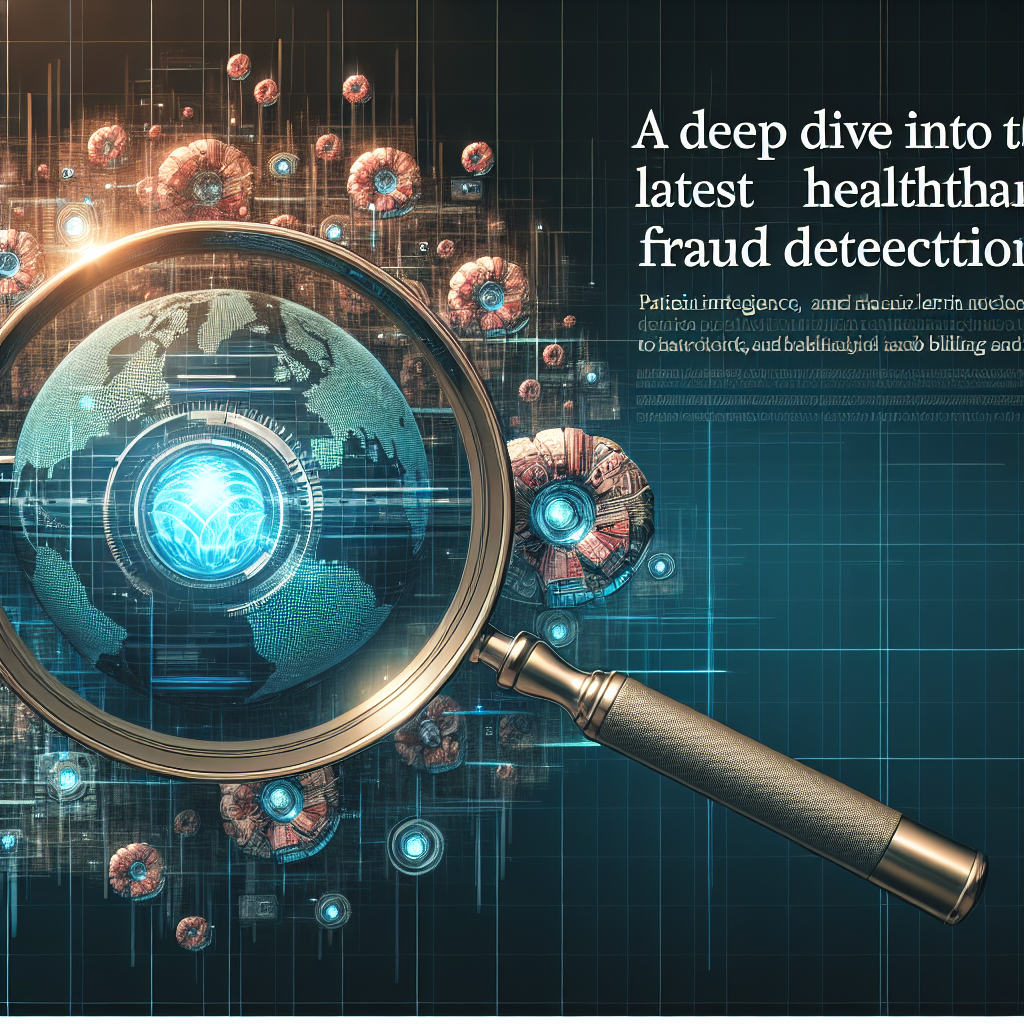Hello Readers,
Healthcare fraud remains a significant concern globally, and it continues soaring with growing technology and sophisticated methods of deceit. However, as the unlawful practices advance, so do the fraud detection systems. This blog aims to enlighten you on the latest trends in healthcare fraud detection. These developments are geared towards combating deception within the sector, ultimately a stride towards genuine and quality services for patients. Let’s dive in!
1. Artificial Intelligence (AI) and Machine Learning (ML):
AI and ML have emerged as potent tools against healthcare fraud. They help identify patterns that suggest fraud, waste, and abuse. For instance, if a particular doctor is writing an unusually high number of prescriptions compared to others in the same specialty, AI can catch this trend.
Machine Learning applies advanced algorithms on massive data sets, allowing for real-time detection of fraudulent transactions before completion. The systems learn from each transaction, continually refining their algorithms to improve detection accuracy.
2. Predictive Analytics:
Predictive analytics is another trend that is significantly enhancing the detection of healthcare fraud. It’s a form of advanced analytics that uses both new and historical data to forecast activity, behavior, and trends. By employing data, statistical algorithms, and machine learning techniques, it can predict the likelihood of future outcomes. Predictive analytics helps in detecting variances or anomalies that might indicate fraud.
3. Cybersecurity Measures:
Given that most healthcare data is digitalized, cybersecurity measures are critical in maintaining the integrity of the healthcare data ecosystem. Advanced encryption methods, biometric authentication, and stringent access controls are now more than ever being embedded in healthcare databases and IT systems to help prevent unauthorized access, theft, or tampering.
4. Blockchain Technology:
Blockchain technology is gaining traction as a tool for preventing healthcare fraud because of its fundamental characteristics of decentralization, immutability, and transparency. It holds great promise in ensuring record integrity, preventing unauthorized data access, and enhancing the traceability of healthcare transactions. If a record is fraudulent, blockchain technology ensures that the record cannot be erased or altered, enabling easy tracing and prosecution of the fraudsters.
5. Social Network Analysis (SNA):
SNA is being increasingly used in healthcare fraud detection. It involves analyzing social media interactions to identify potentially fraudulent behavior. By gallivanting interactions between patients, healthcare providers, and financial transactions, potential fraud cases can easily come to light.
6. Regulations and Government Interventions:
Governments worldwide are enforcing stringent regulations and enacting laws aimed at preventing and punishing healthcare fraud. They’re also assembling dedicated task forces to investigate and prosecute healthcare fraud offenses, reinforcing the efforts to curb this vice.
In conclusion, the war against healthcare fraud is a continuous fight. As fraudsters become ever more sophisticated, techniques and technologies to detect and deter fraud must evolve and adapt. While the above trends show promise, fraud prevention must remain a concerted effort among all healthcare stakeholders, including providers, patients, regulators, and insurers. Through harnessing technology and proper governance, we can build a safer, trustworthy healthcare industry. Stay vigilant, stay informed, and together, we can curb healthcare fraud.
Happy Reading!



